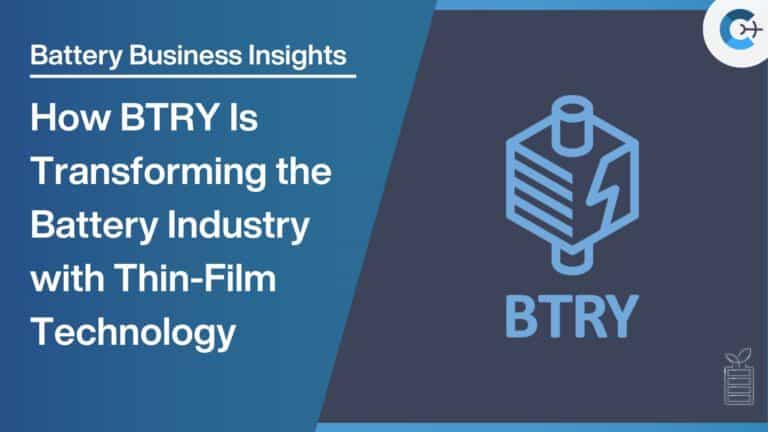A recent collaboration between the U.S. Geological Survey (USGS) and the Arkansas Department of Energy and Environment’s Office of the State Geologist has led to the first estimation of total lithium present in the brines of the Smackover Formation in southern Arkansas. Utilizing water testing and machine learning models, researchers predict that between five and 19 million tons of lithium are dissolved in these underground brines.
The Smackover Formation is a geological unit known for its extensive, porous, and permeable limestone layers rich in oil and bromine deposits. It stretches across several states, including Arkansas, Louisiana, Texas, Alabama, Mississippi, and Florida. The area has garnered attention due to its potential for significant lithium concentrations within its brine deposits.
Katherine Knierim, a hydrologist and the principal researcher of the study, highlighted the importance of partnership in this endeavor. “The USGS—and science as well—works best as a partnership, and this important research was possible because of our strong partnership with the Office of the Arkansas State Geologist,” she remarked.
The research team analyzed samples from Arkansas and compared them with historical data from the USGS Produced Waters Database, which contains information on water from hydrocarbon production. By incorporating historical lithium concentrations and geological data into a machine learning model, they were able to predict lithium concentrations across regions lacking direct samples.
The findings suggest that the dissolved lithium in southwestern Arkansas could significantly impact the U.S. lithium supply. Katherine Knierim explains: “Our research was able to estimate total lithium present in the southwestern portion of the Smackover in Arkansas for the first time. We estimate there is enough dissolved lithium present in that region to replace US imports of lithium and more. It is important to caution that these estimates are an in-place assessment. We have not estimated what is technically recoverable based on newer methods to extract lithium from brines.”
Currently, the United States imports about 25% of its lithium. The minimum estimate of five million tons of lithium in the Smackover brines exceeds the International Energy Agency’s projected global lithium demand for electric vehicles in 2030 by more than nine times. If these reserves are commercially recoverable, they could meet the projected world demand for lithium in car batteries nine times over by 2030.
Interest in harnessing this resource is growing. ExxonMobil has announced plans to begin lithium mining in southern Arkansas by 2027. Additionally, Lanxess and Standard Lithium have conducted tests to assess the viability of establishing a lithium carbonate production plant in El Dorado, Arkansas.
David Applegate, USGS Director, emphasized the broader significance of the study. “Lithium is a critical mineral for the energy transition, and the potential for increased US production to replace imports has implications for employment, manufacturing and supply-chain resilience. This study illustrates the value of science in addressing economically important issues,” he stated.
Source: Electrive
















